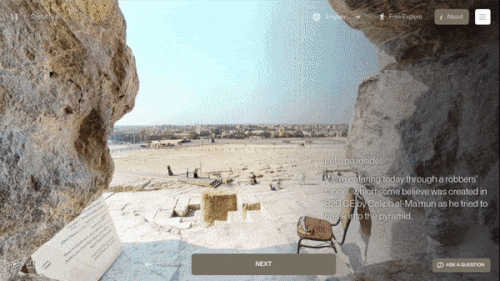Posts
Showing posts from November, 2022
England is No Longer a Christian Country
- Get link
- X
- Other Apps
Do You Live in A Disadvantaged Neighborhood?
- Get link
- X
- Other Apps
Explore the First Route Around the World
- Get link
- X
- Other Apps
When to Expect the Midterm Election Results
- Get link
- X
- Other Apps
























